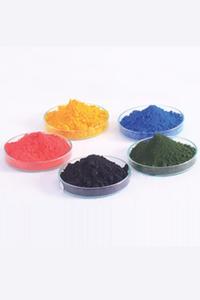Industrial Ceramic Stains – A Complete Overview
Ceramic Stains are
metal oxides. They are made of inorganic structures that consist of transition
elements. The process called the controlled calcination process is used to
create transition elements. It is imperative to introduce the element to
high-temperature conditions. Best Ceramic Stains offer features like thermal
stability, resistance, and optimum particle size. Due to these features, the
pigments demonstrate high color intensity. Since it allows easy dispersion, it
is an ideal option for any type of coloration.
Ceramic stains and
oxides produce consistent and repeatable colors. Though some ceramic color
shades are difficult to be made. Many stain companies provide several products
to manufacture the desired color by using various kinds of oxide systems. The
factors like the base glaze, color shade, temperature conditions, end-use, etc.
decide what system needs to be chosen.
Stains are highly
used in industrial ceramic or pottery. Some Ceramic Stains Manufacturer have
in-house teams or consultants. Stains use the same metal oxides that are used
to get the color. They are preferred and blended to make desired colors. They
are also mixed with other materials to melt high.
How does it color the
ceramic?
The ceramic pigment matrix
has a coloring agent. After the dispersion of color agents or crystals in the
glass or glaze matrix, the formation of the color happens. The ceramic stain
matrix absorbs the coloring agent and then due to the interaction with the
light, the desired hue is created in the ceramic. The coloring agent must be
temperature resistant and chemically inert for the process to happen.
The Types of Ceramic
stains by IPNR Endura include Glaze Stains, Vitrified Body Stains, Third Fired
Stains, Glass Mosaic Stains, and Roto Ceramic Stains. The same is used in the
industries such as tiles, sanitaryware, insulators, potteries, abrasive,
concrete, glass, and more.




Comments
Post a Comment